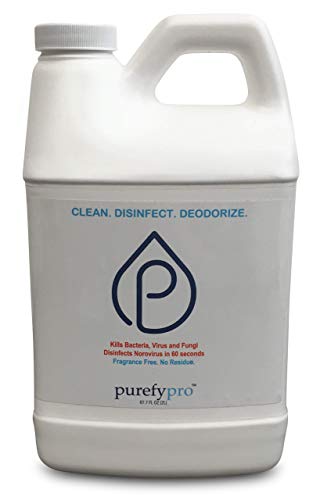A growing number of hospitals in the United States have proved that such precautions work here, too. Recently, a pilot program using screening at Presbyterian University Hospital, in Pittsburgh, reduced MRSA infections by 90 percent. At a Yale-affiliated hospital in New Haven, screening reduced MRSA infections in intensive care by two-thirds.
And a recently completed nine-year study at the Brigham and Women’s Hospital, in Boston, found that screening led to a 75 percent drop in MRSA bloodstream infections among intensive-care patients and a 67 percent decline throughout the hospital.
Some public health advocates recommend screening only “high-risk” patients – those who recently have been hospitalized, live in nursing homes or have kidney disease. Partial screening is somewhat effective, but universal screening prevents the most infections.
Can hospitals afford to screen for MRSA? They cannot afford not to. Infections wipe out hospital profits. When a patient develops an infection and has to spend many additional weeks hospitalized, Medicare does not pay for most of that additional care.
Treating hospital infections costs an estimated $30.5 billion a year in the United States. Prevention, on the other hand, is inexpensive and requires no capital outlays. A pilot program at the University of Pittsburgh found that screening tests, gowns and other precautions cost only $35,000 a year, and saved more than $800,000 a year in infection costs. A review of similar cost analyses, published in The Lancet in September, concluded that MRSA screening increases hospital profits – as it saves lives.
Yet, for a decade, the CDC has rebuffed calls for screening, most recently from a committee of the Society for Healthcare Epidemiologists of America. CDC officials claim that more research is needed to prove the benefits of screening. More research cannot hurt, but we know enough already to move ahead. Some hospitals are leading the way, including Evanston Northwestern, in Illinois; the Veterans Affairs medical centers; New England Baptist Hospital, in Boston; and Johns Hopkins Hospital, in Baltimore.
The CDC’s lax guidelines give many other hospitals an excuse to do too little. Every year of delay costs thousands of lives and billions of dollars.
Betsy McCaughey, a former lieutenant governor of New York, is the founder of the Committee to Reduce Infection Deaths.
Prevent the Spread of MRSA
Hand Sanitizers are the first line of defense, but they must be effective against MRSA! Use Viraguard Products… Efffective against MRSA..
Buy Viraguard MRSA Hand Santizer
or choose PureGreen24 green MRSA disinfectant
What is Viraguard?
VIRAGUARD ANTISEPTIC HAND Gel
- Highly Antiseptic
- Won’t Dry Out Hands and Skin
- Citrus Scent
- Non-Staining
- Meets CDC Guidelines for Hand Hygiene in Healthcare Settings
- FDA Drug Listed
- Kills Hepatitis A, B and C
VIRAGUARD Antiseptic Hand Gel are your first line of defense against a broad-spectrum of gram-negative and gram-positive bacteria, drug resistant strains such as VRE and MRSA, tuberculosis, viruses including HIV and Herpes, and common skin fungi. The patented formulation contains Isopropyl Alcohol 75% v/v and a hand-protecting emollient and humectant that won’t dry your skin even with repeated useContains the Concentration of Isopropyl Alcohol (Isopropyl Alcohol 75% v/v) Most Needed by Health-Care Workers and First Responders.
